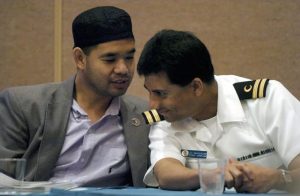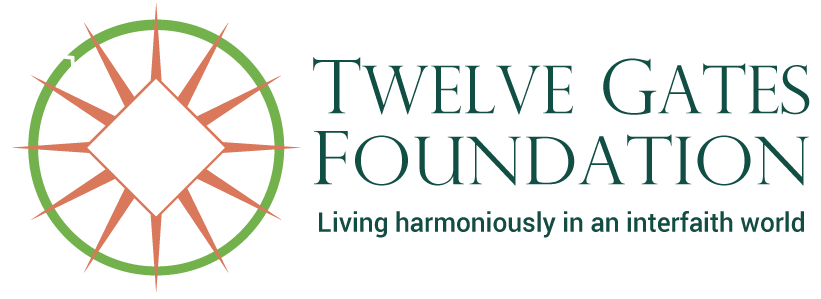How the US military has embraced growing religious diversity
By Ronit Y. Stahl
From Religion News Service
November 12, 2019
(The Conversation) — In 1919, Lee Levinger buried four soldiers in France. The responsibility to preside over a funeral was not unusual for military chaplains. But during World War I, most Americans would have been surprised to learn that a rabbi led a service for four Christian soldiers.
In 1917, when the United States entered the war, chaplaincy was a majority white and fully Christian organization.
No law specifically stated the acceptable religious backgrounds of military chaplains, but only mainline Protestant ministers and Catholic priests wore the insignia of the military’s religious officers.

By Armistice Day, Nov. 11, 1918, Jews, Mormons and Christian Scientists had joined the ranks of the chaplain corps. As I write in my book, “Enlisting Faith: How the Military Chaplaincy Shaped Religion and State in Modern America,” this significant change inaugurated a century-long project to redefine what counted as American religion.
History of chaplaincy
American military chaplains predate the founding of the republic. The Continental Congress, which served as the government for 13 American colonies, authorized military chaplains to minister to soldiers in 1775. The armed forces have employed clergy ever since.
